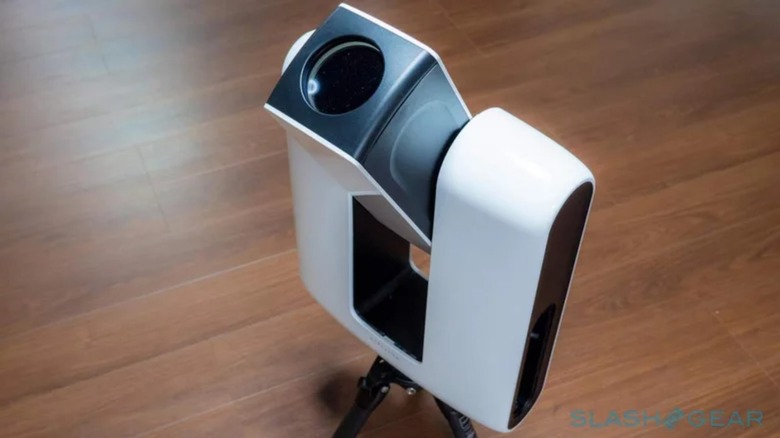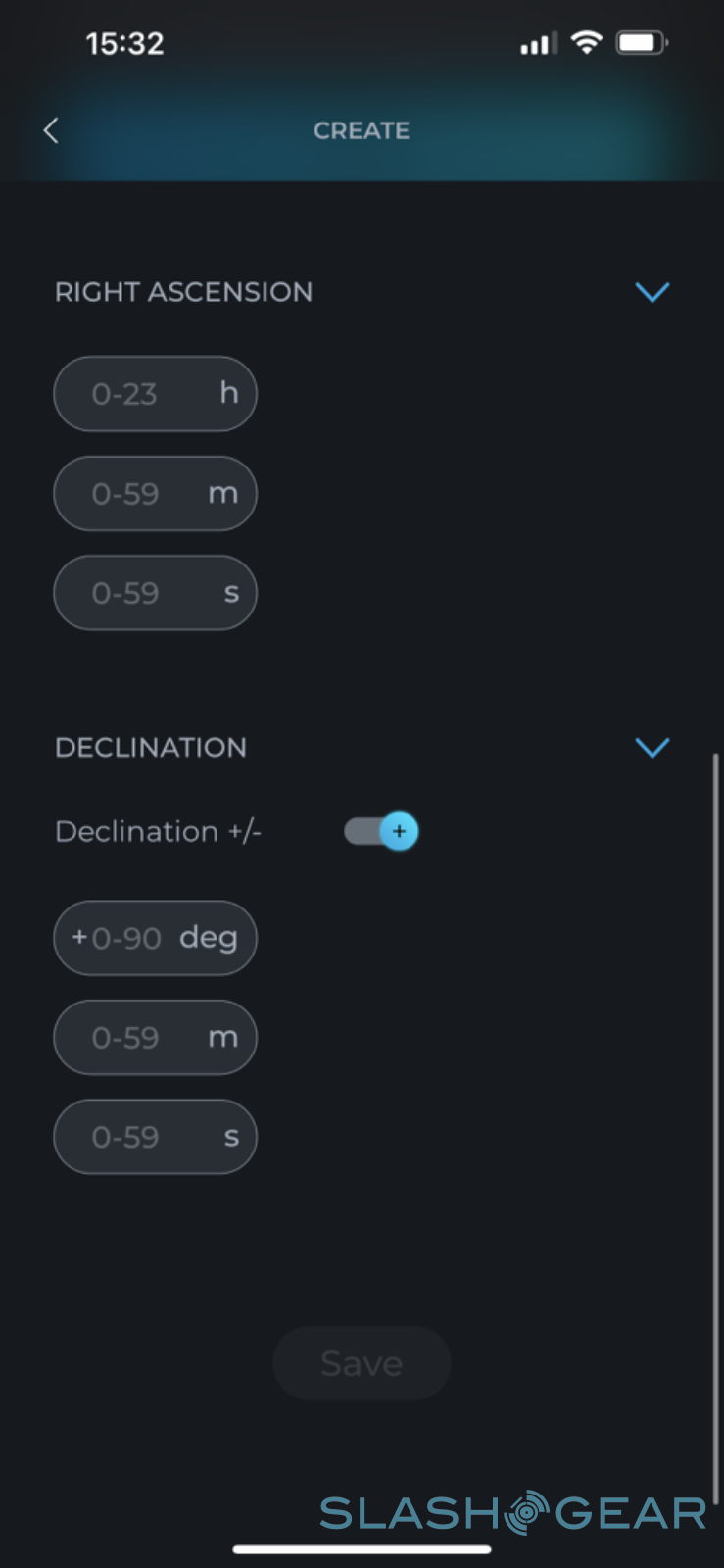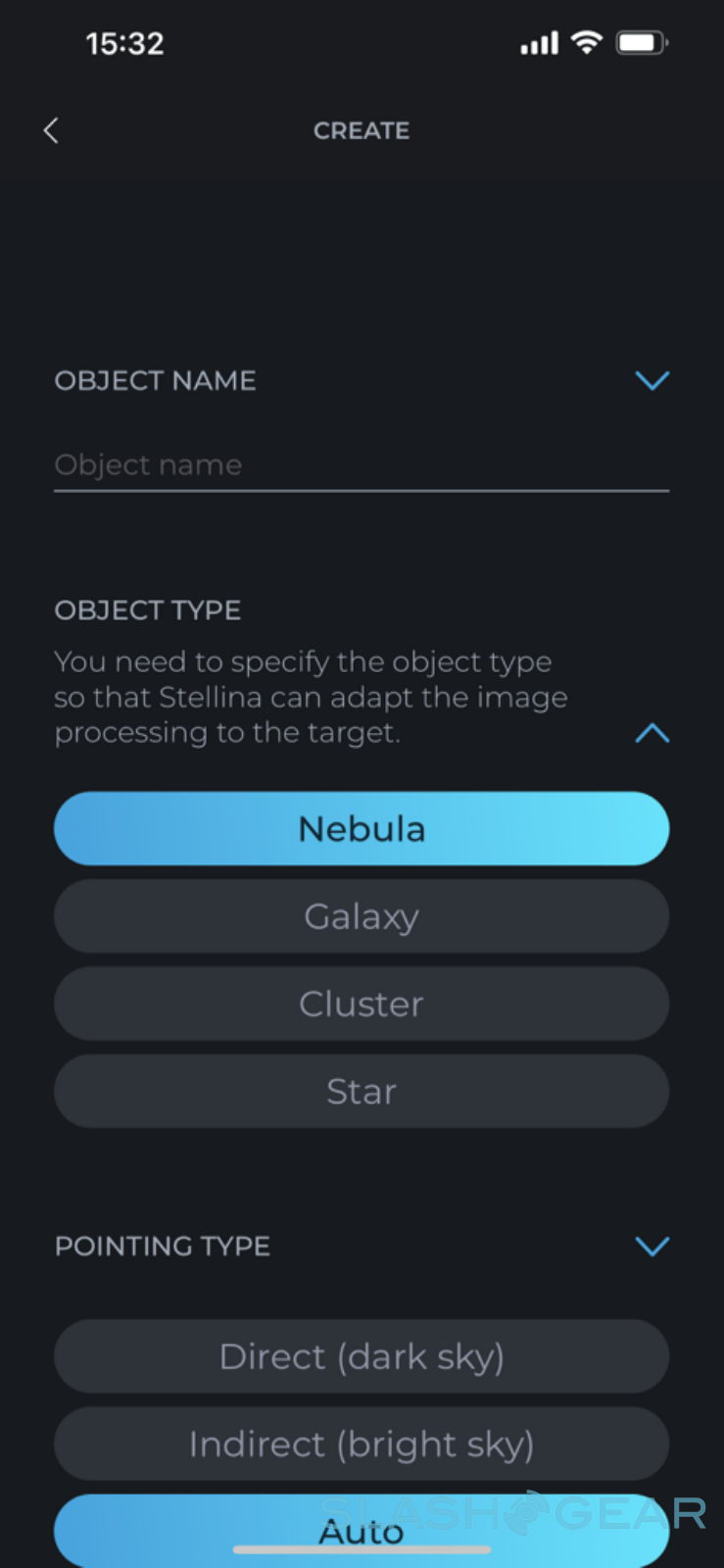Vaonis Stellina Smart Telescope Review
- Extremely easy to setup and use
- Minimalist and Portable design
- Effective light pollution filter
- Creates impressive images of deep-sky objects
- Expensive
- Phone or tablet is tied to ad-hoc Wi-Fi without Internet
While most people have gotten their heads glued down to their screens in the past 23 months, others have looked up to the skies for a reprieve from the concerns on terra firma. Different people have taken up different hobbies to cope with the pandemic, and some have invested not only time but money in observing and capturing the night skies from their yards or gardens. Astrophotography and stargazing are not exactly beginner-friendly activities, especially if you have neither equipment nor clue. "Smart" telescopes were born from a need to address both concerns, and the Vaonis Stellina is one of the latest to sell that idea to a hobbyist market. Read on to find out how it fared in our tests.
Design and Setup
The Stellina will immediately strike you as something that doesn't look anything like a telescope. Sporting a smooth, white rectangular box for a body, Vaonis' "middle child" smart telescope looks more like a prop for a sci-fi flick or a video game. Once it starts its operation, the middle portion of the block slowly swings up, revealing the "tube" that houses what at least resembles a telescope.
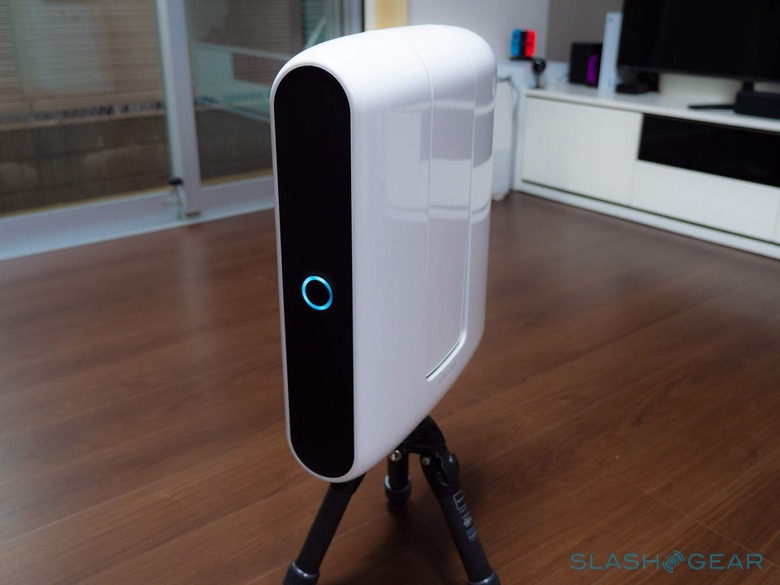
Aside from that 24.7 lbs white box, the tripod stand that screws underneath it, and the power brick that powers it, there is pretty much nothing else to this smart telescope. Setting it up is made to be extremely easy, and there's even a spirit level to ensure that the telescope is parallel to the earth. The Stellina doesn't house an internal battery but comes with a 10,000 mAh rechargeable battery that, ironically, you can stow away inside when not in use.
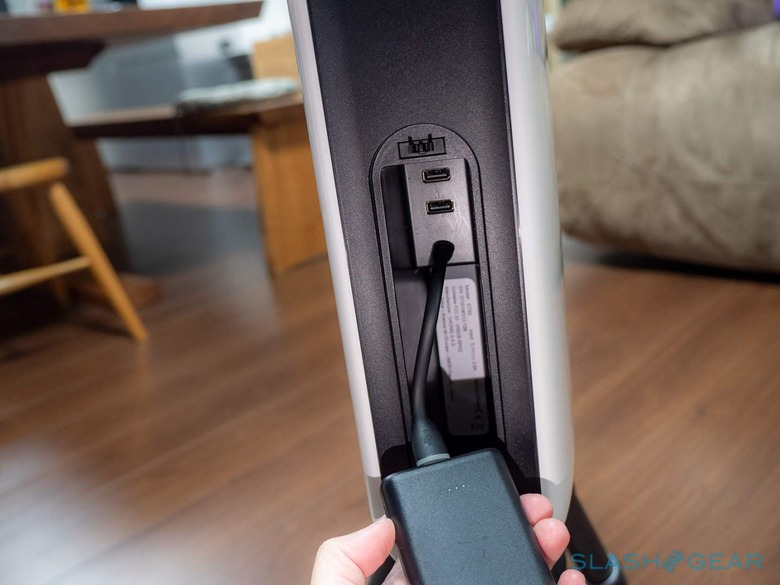
Aside from physically setting up the telescope on the ground (or a flat surface), everything else is controlled and viewed through a connected smartphone. Once the Stellina is powered up, it will create an ad-hoc Wi-Fi access point to connect your smartphone. Unfortunately, that means you can't use your phone for anything that requires the Internet at the same time unless it happens to be one of the seemingly random secret phone models that support that much-needed feature.
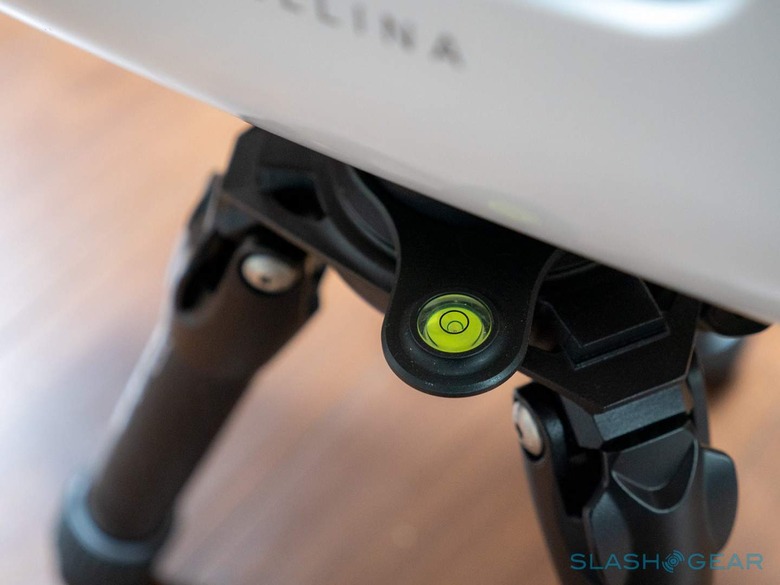
The Vaonis Stellina uses your phone's GPS and some AI-based starfield recognition to align itself with the night sky automatically. This process does take around 10 minutes. This may seem like a significant amount of time to the uninitiated, but it's nothing compared to the old-school process of manually aligning a telescope by hunting for a few bright stars as reference points. The catch here is that you have to go through that long waiting period again anytime you change the telescope's position.
Hardware and Operation
The Stellina is designed to be extremely easy and fun to use, and it doesn't get easier than selecting from a voluminous list of deep-sky objects and waiting for the telescope to create a composite of the object by combining layers of images taken over a number of minutes. This rather simplified operation, however, belies the complexity of the machine, as well as the caveats to keep in mind before buying this smart telescope.
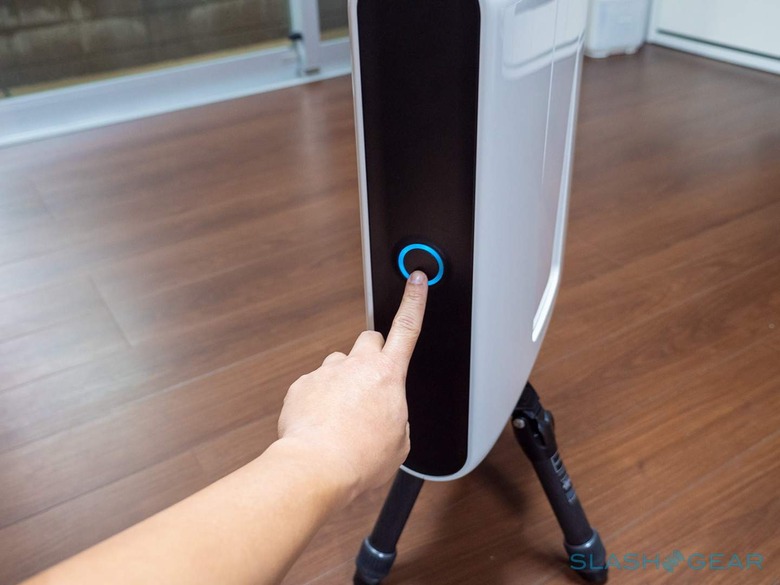
The telescope uses a combination of GPS, computer vision, and algorithms to follow the tracked object across the night sky over a period of one to 15 minutes or more, depending on how detailed you want the resulting image to be. During this period, as well as during the 10-minute calibration process, you will distinctly hear the motors inside working to slowly turn the telescope. The high-pitched whine can be annoying to some people, including kids and those with sensitive hearing.
The way you choose what the telescope will point to and track is both a blessing and a curse. It simplifies how less knowledgeable users can enjoy identifying and seeing stars, planets, and nebulas, but it also limits how more daring explorers can look at everything else. You can choose an arbitrary coordinate using Right Ascension and Declination, but those points still have to be associated with an object type when you try to create a Custom location.
The Stellina also takes time to actually develop a clear image of the tracked object, taking an image every minute and layering them on top of each other. It takes away some of the feeling of immediacy and frivolity in traditional stargazing that some budding astronomers might be more interested in. It is sometimes a hit or miss, too, with some deep-sky objects not appearing better with longer exposure times.

Output and Smart features
Despite how simple it works, Vaonis' smart telescope is able to deliver impressive images of our very distant neighbors. The CLS light pollution filter works extremely well, which is a must since the product is designed to be used anywhere, including in cities. Of course, the resulting quality still depends on how long you allowed it to "observe" the target object, but the final composited images rarely disappoint. The Stellina saves JPG photos directly on your phone, but it also supports storing RAW quality on external storage connected to one of its USB ports.

The Stellina's telescope has a focal length of 400mm and a field of view of 1° x 0.7°. That works well for most deep-sky objects but, ironically, not for closer objects like Uranus below. Fortunately, a firmware update introduces an auto-mosaic function that stitches images into a panoramic composition.

More than just a controller, the Stellina app also functions as a sort of encyclopedia, allowing you to gain more knowledge about the star or nebula you are tracking while the telescope is busy observing it. The app also warns you about visibility problems due to weather or sky conditions so that you don't waste your time trying to observe something that is going to be hidden from view anyway.
Final Thoughts
Almost everything these days is getting "smart," so it's no surprise that telescopes are one of the latest to jump on that bandwagon. The Vaonis Stellina Smart Telescope uses its brain and that of your smartphone to make stargazing and astrophotography easy for anyone to get into. In fact, it might be making it too easy to the point that it removes some of the thrill associated with more traditional telescopes and manually hunting for stars and galaxies. We had similar reactions in our recent Unistellar eVscope 2 telescope review.
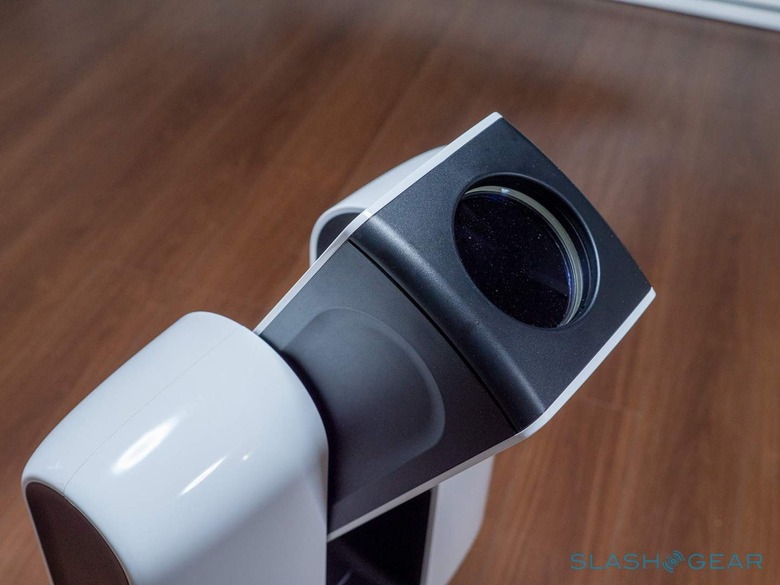
The Stellina's 3,999 EUR (roughly $4,500), however, might be its biggest stumbling block, especially for beginners. It's definitely a great investment for someone looking for a convenient educational tool about the night sky and for someone truly committed to seeing the stars as they are, at least from your smartphone or tablet.
